
Why is User Experience Important in Web Design?
A website stands as the face of a company. Its design shapes how folks feel and think about the business. Here, user experience, or 'UX,' plays a big part. This means everything from what users see to how they react emotionally matters deeply in web design.
Good UX touches on ease of use, helpful content, trustworthiness, appeal, and easy access for all people with varied needs across devices. If these boxes aren't ticked off well by your site's design? Then, you might find both brand image and business growth taking quite the hit over time.
Enhancing User Engagement
Enhancing user engagement on a website goes beyond flashy design. For example, integrating a chatbot improves the experience significantly. It answers users' questions right away, removing unnecessary wait times. Instant access to information makes visitors more likely to stay and explore your site further.
Additionally, setting up automatic responses for new newsletter subscribers adds another layer of interaction. This immediate communication shows users that their time and interest are valued, encouraging them to engage more deeply with the content offered on the site.
Boosting Conversion Rates
In boosting conversion rates, we look at the actions people take on a site. These don't just include buys but are important steps for your business. For example, if Bob visits and buys twice while Alice doesn't buy at all, both cases count toward understanding conversions.
Consistency in counting these steps matters greatly. The conversion rate's importance lies beyond the mere number of actions taken. It reflects how well the design leads users to act. This metric changes with adjustments in user experience (UX), showing what works or fails.
Sometimes, tracking absolute numbers makes sense over ratios, such as when traffic spikes without increasing sales due to varied visitor interest levels. Here, a high number of visitors doesn’t mean more success if few take desired actions. Thus, improving UX can directly influence higher conversion rates by enhancing how users interact with your website or app.
Improving Search Rankings
To up your website's search rankings, think about user experience first. Make sure it’s easy for people to use your site on their phones. A lot of web visits come from mobile devices now. If your pages load fast and look good on a phone screen, you're ahead in the game.
Also, having too many pages doesn’t always help with getting noticed by Google or other search engines. What really matters is how well you organize those pages and their content quality. Making just one effective page can be better than creating several that don't add much value.
A key point: if users find navigating through your site tough due to poor design or slow loading times, they’re likely to leave and not come back, which signals search engines that maybe your site isn’t so great after all.
Regular checks are vital to identifying where you might fall short in offering a smooth digital walk-through for visitors. Knowing this helps you pinpoint what needs fixing promptly.
At Oliver Web Guy, we know the value of user experience in web design. A site that's easy to use keeps people coming back. It makes sure they find what they need fast, without hassle or confusion. This boosts trust and builds a strong bond with visitors, turning them into loyal fans.
In today's world, where choices are many, a great user experience sets you apart from others. So investing in top-notch web design isn't just smart. It's key to success online.
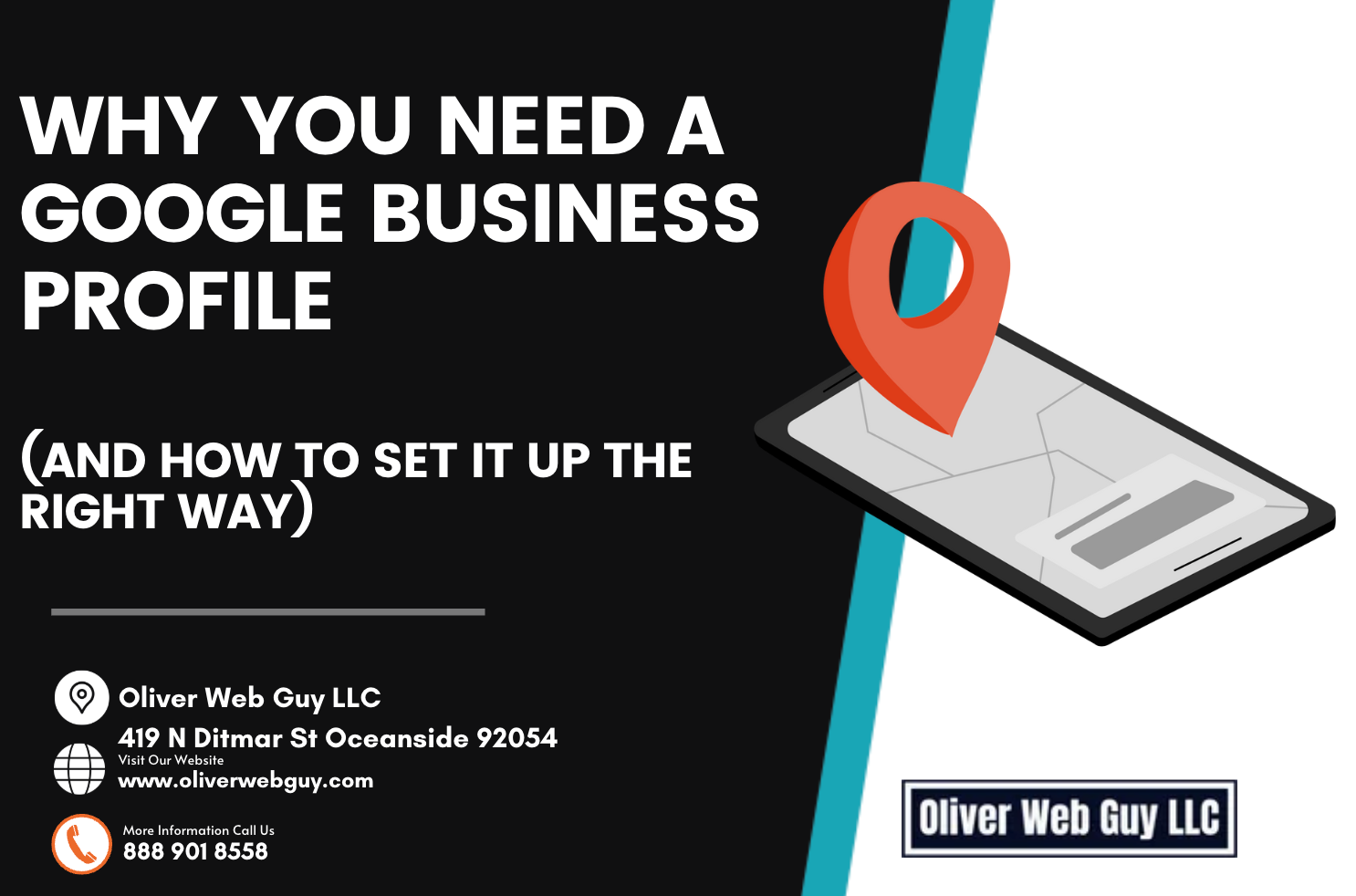
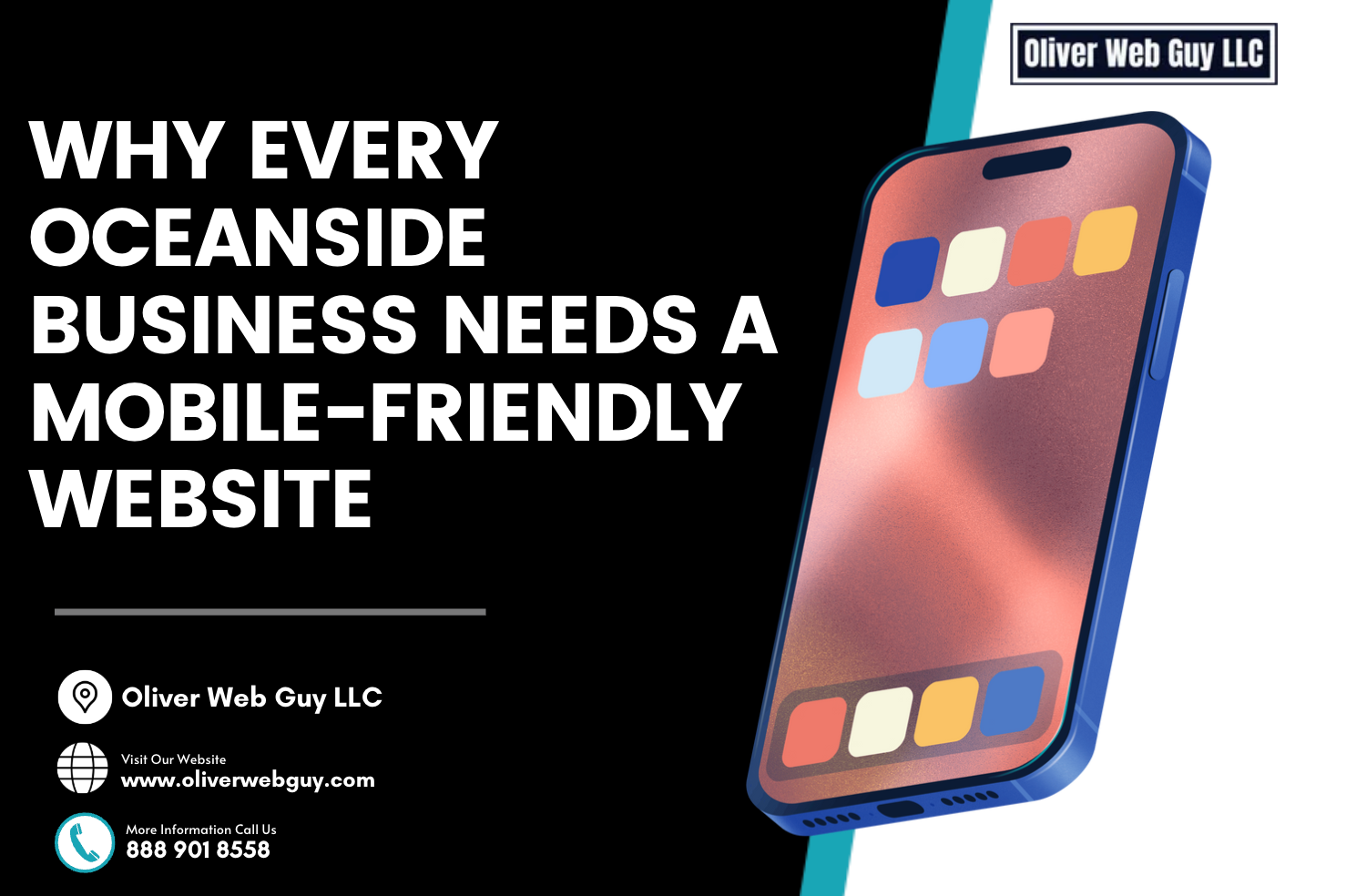
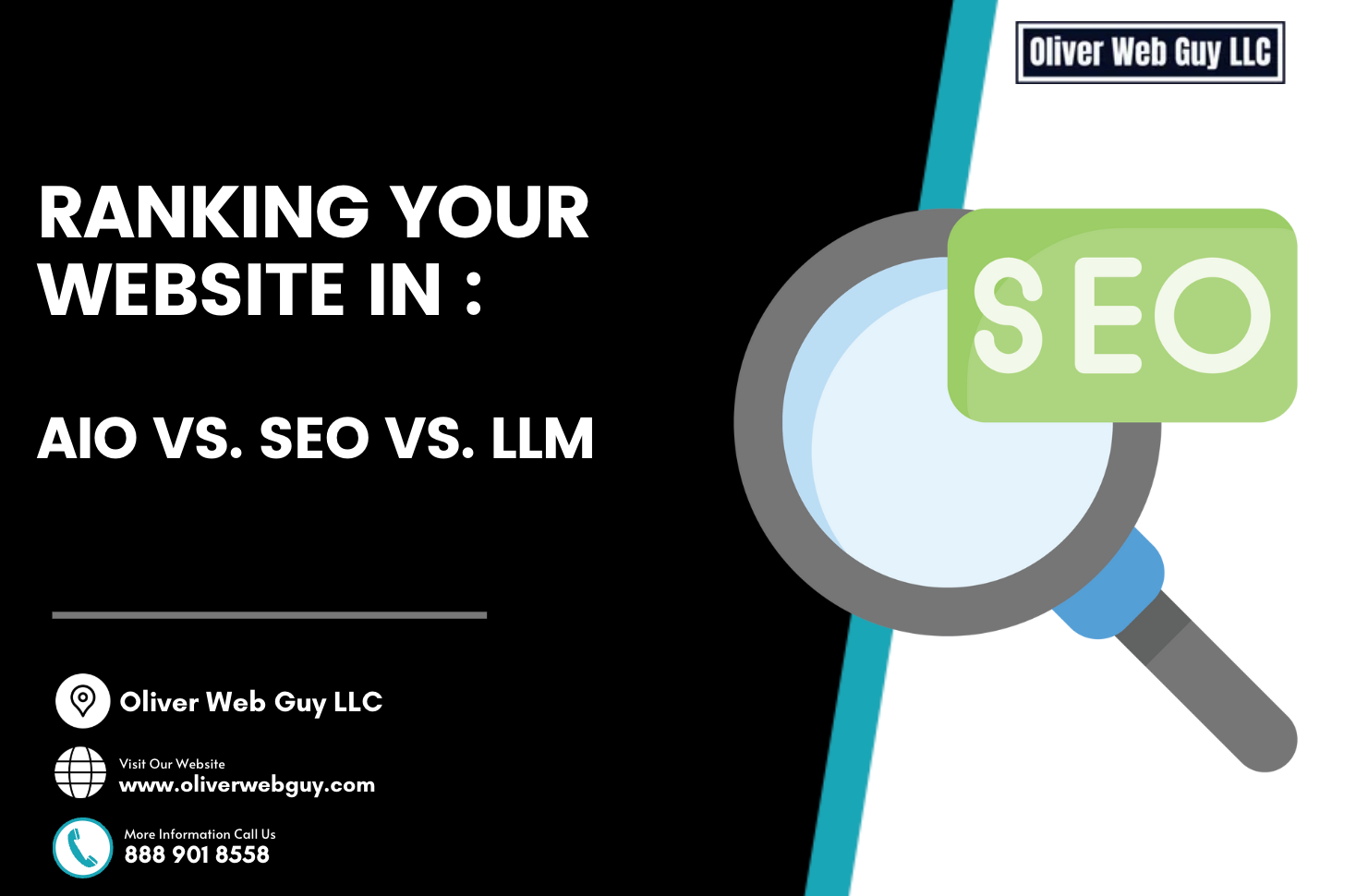
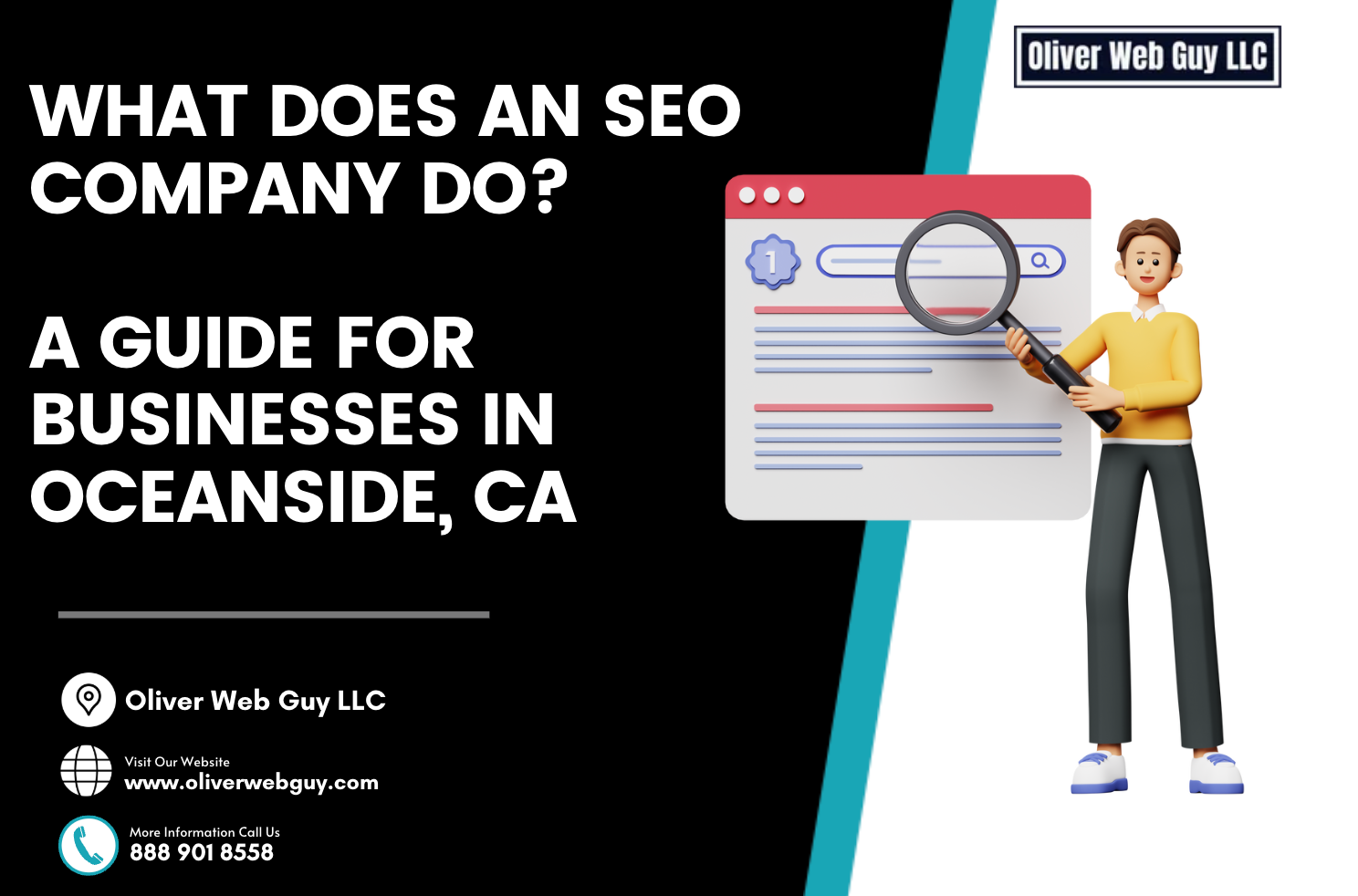
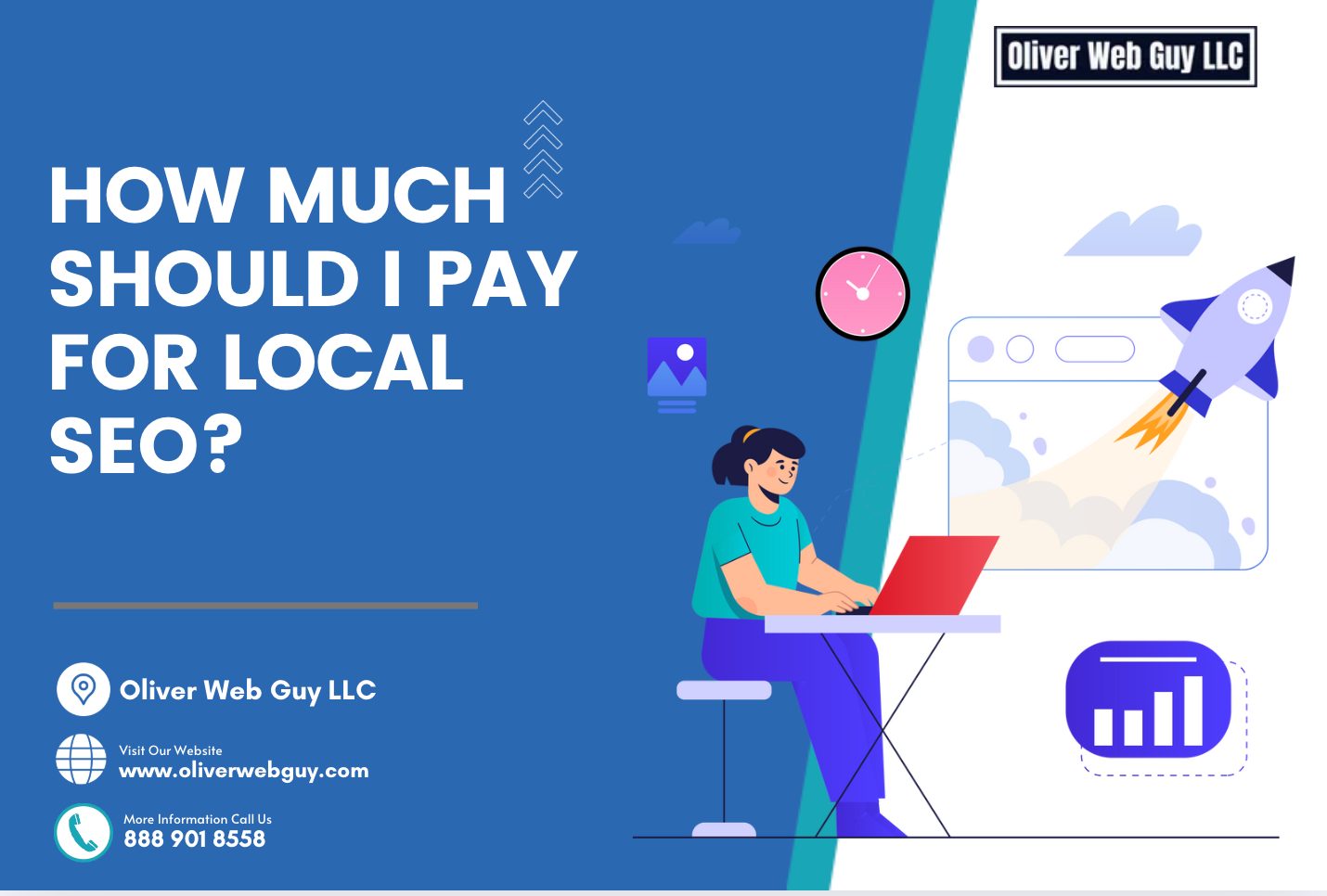
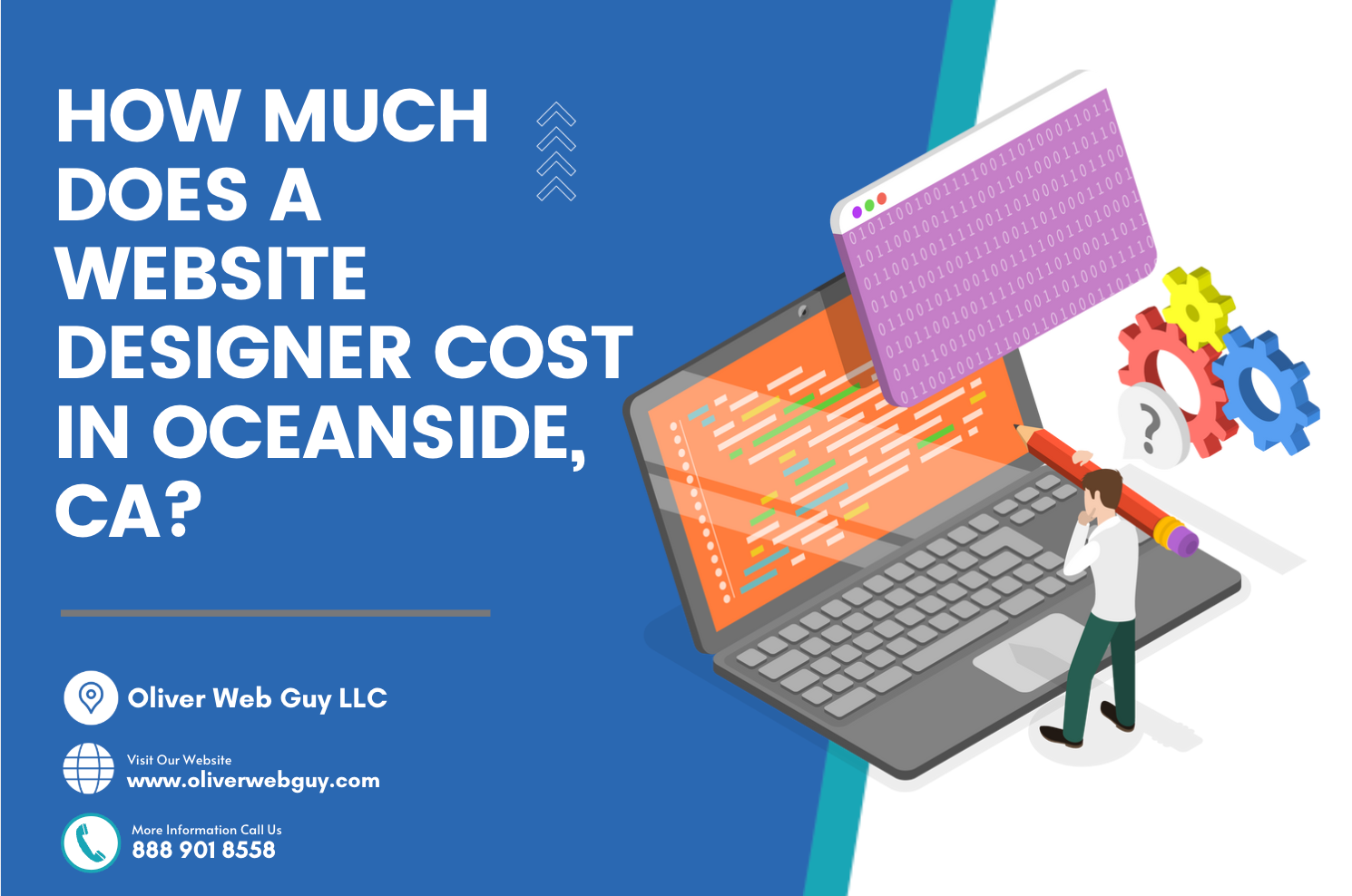
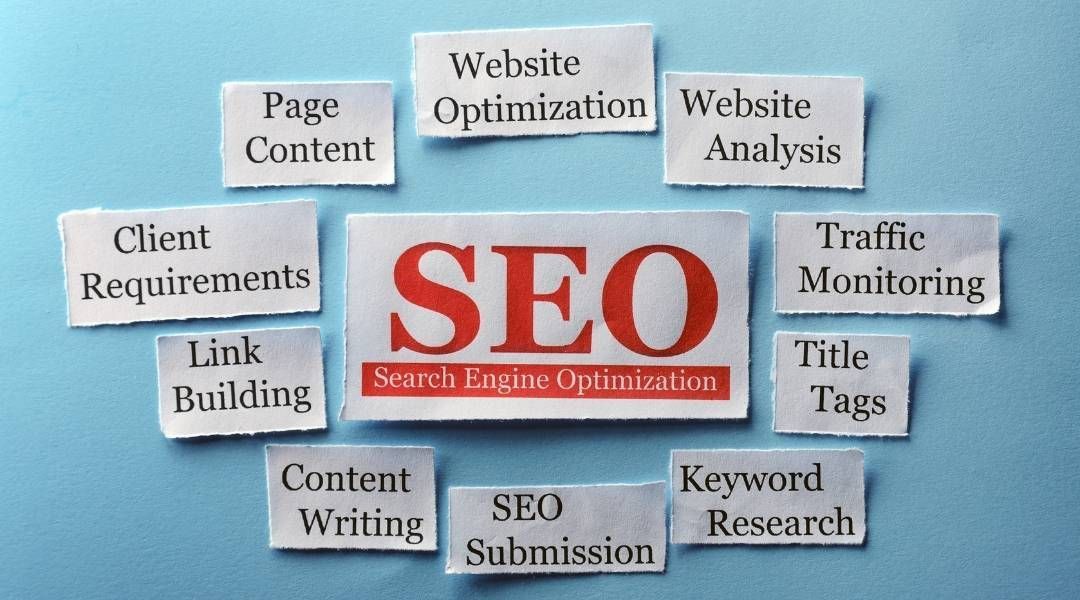





Contact Us
Address: 419 N Ditmar St, Oceanside, CA 92054